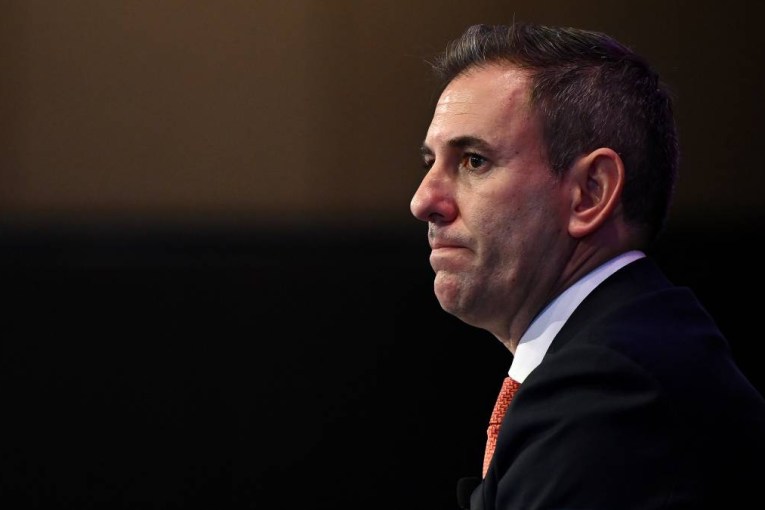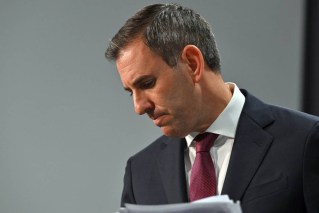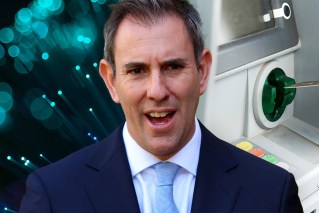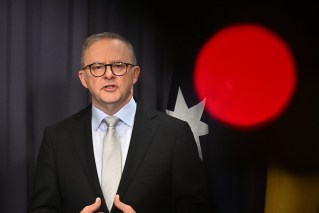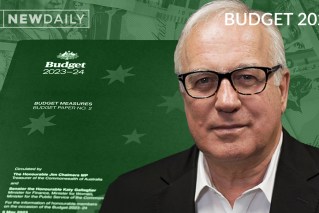What we know so far about this year’s federal budget

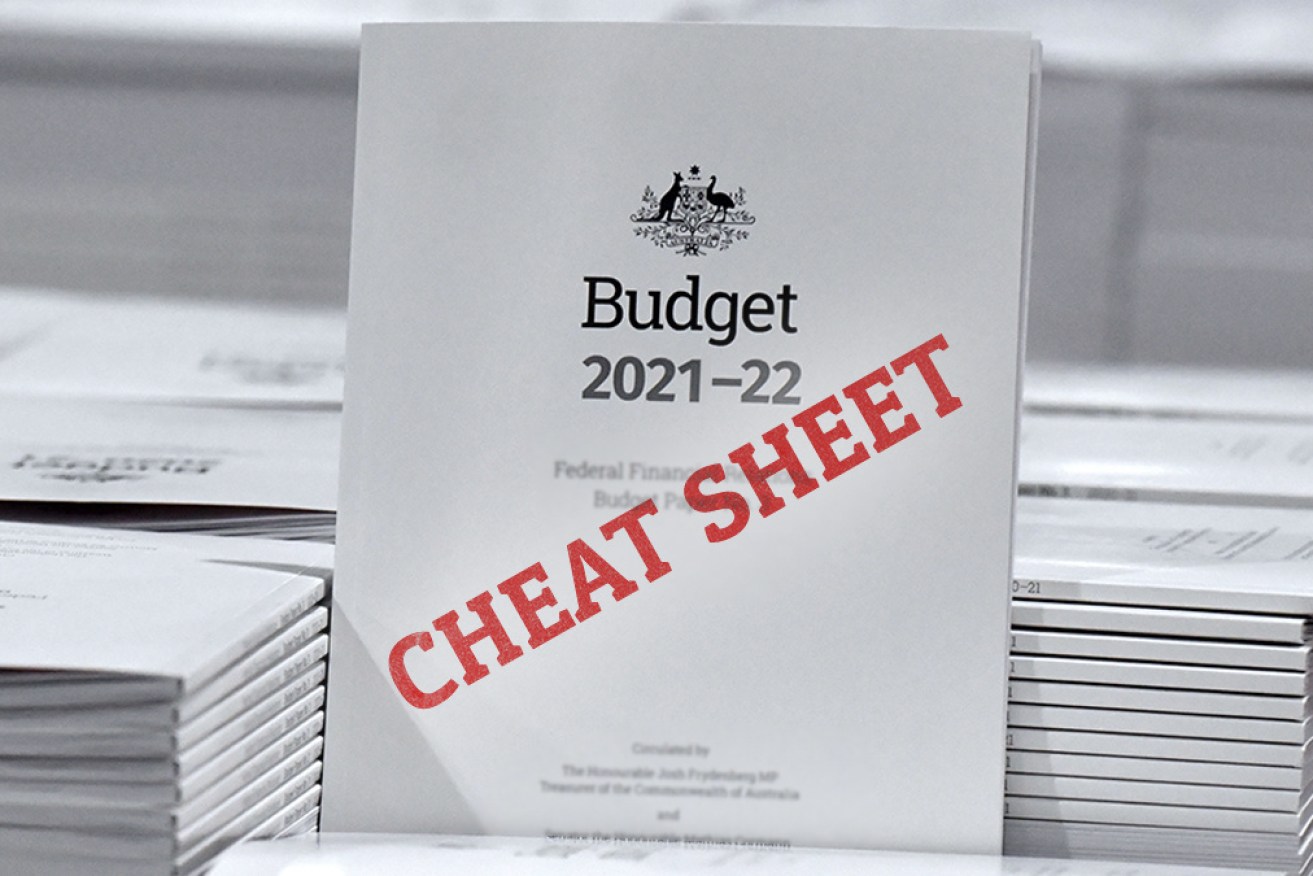
Far from everything will come as a surprise on Tuesday night. Here's your budget cheat sheet. Photo: TND
It’s rare to open a newspaper in the days before the federal budget without learning about a new government policy.
Announcements and leaks are par for the course – even if ministers publicly insist they are not in the business of ruling in or out specific policies.
And so we already have a good idea of what will make it into the budget on Tuesday night – notwithstanding any last-minute surprises.
Tax cuts
In last year’s budget the treasurer extended for a further 12 months what is often referred to as the ‘lamington’ – or the low-and-middle-income tax offset.
It was effectively a temporary tax cut for millions of workers: Anyone earning between $37,000 and $126,000 saw at least some benefit.
But although the treasurer made a big deal about the tax cut bit, he was decidedly less forthcoming about the temporary bit, as TND reported at the time.
The temporary part is important because unless the treasurer extends the lamington in this year’s budget, then millions of Australians would pay more tax this year than last – which would weigh on our economic recovery.
The good news is that the treasurer is expected to extend the offset for another 12 months. And those on higher incomes can rest assured, too: The Treasurer has reaffirmed his commitment to delivering the third stage of his income tax cuts in 2024-25.
Bonus reading: What is Australia’s ‘lamington’ tax break and how much is it worth to you?
Aged care
Coming less than three months after royal commissioners Tony Pagone QC and Lynelle Briggs AO handed down their final report into aged care, the federal budget is expected to boost funding for the sector.
The Nine Newspapers reported on April 18 that the government’s response to the royal commission would be a “major feature of the budget” and exceed $10 billion over the next four years – which sounds like more money than it is.
The Grattan Institute, for example, estimates the government needs to spend an extra $10 billion on aged care every year, after the royal commission found that successive governments over the past two decades had slashed annual funding for the sector by $9.8 billion.
If the money was spent properly, Grattan estimates an extra $10 billion per year would help clear the 100,000-long waiting list for adequate home care, and create 70,000 more jobs.
Bonus reading: ‘Quarter of enough’: Morrison warned not to squander aged care opportunity

Scott Morrison holds the royal commission’s final report. Photo: Getty
Child care
Policies aimed at lowering exorbitant childcare costs were missing in the federal budget in October.
Opposition leader Anthony Albanese based much of his budget-in-reply speech on the perceived failure and won support from many economists in the process.
But this time around, we know for sure that the budget will include childcare policies, because the government has already announced them.
So, what’s on offer?
For families with more than one child in care, the government will increase the maximum subsidy available for second and subsequent children in care from 85 per cent of costs to 95 per cent. On top of this, families with household incomes above $189,390 will no longer have their annual payments capped at $10,560.
The government says the first change will benefit 250,000 families and the second change 18,000 families.
But the changes won’t come into effect until July 2022 – and some experts fear they will do little to improve “the affordability of child care for many families on low to middle incomes”.
Bonus reading: An extra $1.7 billion for child care will help some. It won’t improve affordability for most

Labor announced its own childcare policy in October. Photo: AAP
JobMaker
JobTrainer, JobSeeker, JobMaker, JobKeeper … it’s easy to forget which one is which.
But let’s talk about JobMaker for a minute. This was the policy rolled out by the government to encourage businesses to hire more workers.
It was a wage subsidy scheme specifically aimed at addressing youth unemployment – the government would pay eligible companies $200 a week for hiring an employee aged 16 to 29 and $100 a week for hiring an employee aged 30 to 35.
But unlike JobKeeper, which the Reserve Bank estimates saved 700,000 jobs, the JobMaker hiring credit has done very little for the labour market.
Within its first three months, the scheme had only supported 1100 jobs; the government had hoped it would support 450,000 over two years.
Economists have suggested several ways the government could improve take-up of the scheme. But recent media reports suggest the Treasurer will simply scrap JobMaker altogether.
Bonus reading: Multibillion-dollar subsidy scheme falls flat with employers
Is that it?
No. There’s more:
- You may have heard “the drums of war” beating. The government has announced an extra $747 million for defence training facilities in the Northern Territory
- Elsewhere, the budget will include a $1.2 billion digital economy strategy that covers digital skills training, tax breaks for computer games developers, and funding for artificial intelligence. The investment also includes $200 million to enhance MyGov and $302 million for MyHealth digital records
- Reports suggest the government will allow the superannuation guarantee to rise from 9.5 per cent to 12 as is currently legislated. It is also considering paying superannuation to women who are on taxpayer-funded parental leave
- Money will be set aside for the construction of a gas-fired power station in New South Wales, in addition to $539.2 million to support carbon capture and develop four additional hydrogen hubs. Some incentives for miners are also likely, and the Northern Territory is set to receive $30 million for renewable energy projects
- When it comes to climate change, the government has said it will establish and award $600 million in initial funding to a National Recovery and Resilience Agency. Meanwhile, the Australian Climate Service will be set up at a cost of $210 million from July
- Private colleges struggling without international students have been thrown a $53 million lifeline. And we can also expect a major investment in skills
- A $250 million top-up is expected for the Building Better Regions Fund, which was linked to many rorts
- An extra $190 million over five years should flow towards projects aimed at developing and improving digital connectivity in northern Australia, while Western Australia will receive $1.3 billion for road and rail projects
- There’s also good news for booze: Small brewers and distillers will receive $255 million in tax relief
- Finally, on Tuesday, Minister for Agriculture David Littleproud announced an extra $371 million would go towards keeping pests and deadly diseases out of Australian farms.

